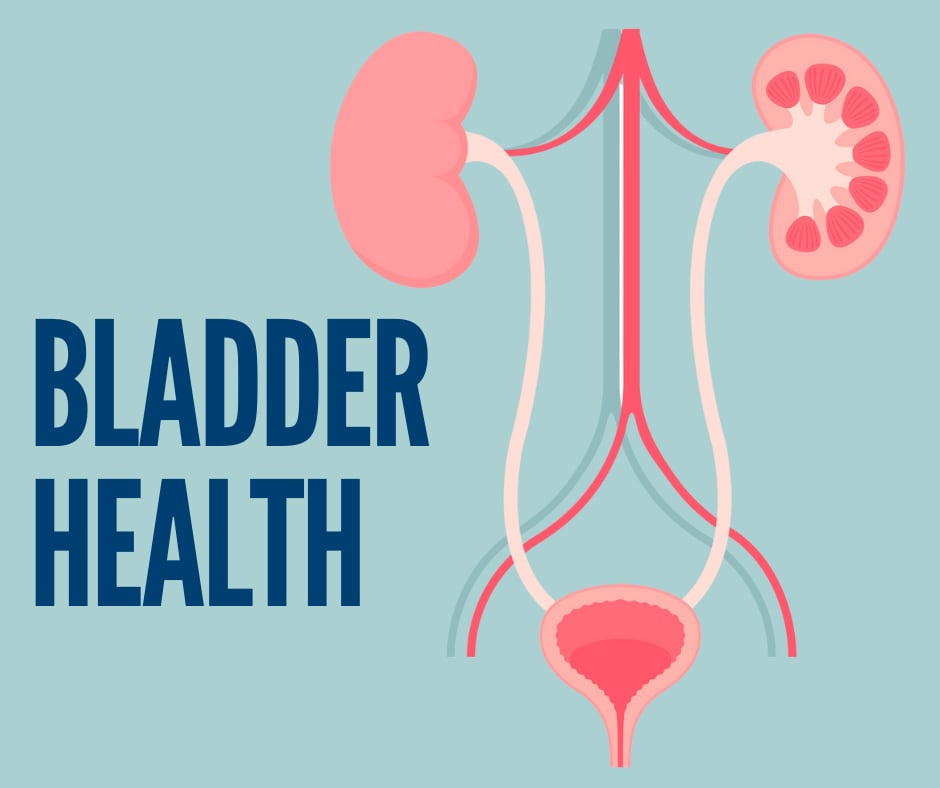Comprehensive Guide to Bladder Health: Tips and Common Issues
Bladder health is an essential aspect of overall wellness, yet it often goes unnoticed until issues arise. The bladder, a hollow organ located in the lower abdomen, stores urine, which contains waste and excess fluid. On average, adults pass about a quart and a half of urine daily. PIH Health Urologist Alexander Chow MD says, “As people age, bladder function can decline due to changes in bladder tissue elasticity and muscle strength. This can lead to more frequent bathroom trips, incomplete emptying, and even leakage.”

Common Bladder Issues and Treatments
- Bladder Infections: Symptoms include frequent urination, urgency, pain, and sometimes blood in the urine. Treatment typically involves antibiotics. Chronic infections may require prolonged antibiotic therapy.
- Overactive Bladder: Characterized by a sudden urge to urinate, it can disrupt daily life. Treatment options include medications, pelvic floor therapy, and Botox injections. In severe cases, a bladder pacemaker may be suggested.
- Stress Incontinence: Leakage occurs during physical stress, such as sneezing or laughing. Pelvic floor therapy, lifestyle changes, or surgical options like a mid-urethral sling can help.
- Urinary Retention: This condition involves difficulty fully emptying the bladder, often accompanied by discomfort. Treatment varies from catheterization to medications, depending on the underlying cause.
- Bladder Pain Syndrome: Also known as interstitial cystitis, this condition causes chronic pain and pressure. Treatment focuses on symptom relief through various methods, including dietary changes, physical therapy, and, in some cases, surgery.
- Hematuria: This is the presence of red blood cells in the urine. It can be categorized as either gross or microscopic, depending on whether the blood is visible to the naked eye. Hematuria can be an early sign of bladder cancer or other urological problems. Treatment is based on the underlying cause.
15 Tips for Keeping Your Bladder Healthy
- Urinate Regularly: Aim to use the bathroom at least every 3 to 4 hours. Holding urine can weaken bladder muscles and increase infection risk.
- Relax While Urinating: Ensure you're in a comfortable position. For women, sitting fully on the toilet seat facilitates relaxation.
- Take Your Time: Don’t rush your bathroom visits. Fully emptying your bladder reduces infection risk.
- Wipe Correctly: Women should always wipe from front to back to prevent bacteria from entering the urethra, especially after bowel movements
- Post-Sexual Activity: Urinate after sex to flush out any bacteria that may have been introduced
- Pelvic Floor Exercises: Regular Kegel exercises strengthen pelvic muscles, helping prevent leaks during sneezing or laughing.
- Choose Appropriate Clothing: Opt for loose-fitting cotton underwear to keep the urethra area dry and reduce moisture.
- Stay Active: Regular exercise supports bladder health and helps maintain a healthy weight
- Maintain a Healthy Weight: Excess weight can increase bladder pressure, leading to incontinence
- Monitor Your Diet: Certain foods and drinks—like sodas, spicy foods, and citrus—can irritate the bladder. Pay attention to your body's reactions and adjust accordingly.
- Hydrate Wisely: Drink sufficient water to stay hydrated. The right amount varies based on factors like size and activity level.
- Limit Alcohol and Caffeine: Both can irritate the bladder and worsen symptoms, so it’s wise to cut back
- Prevent Constipation: A high-fiber diet, adequate hydration, and regular exercise can help avoid constipation, which can pressure the bladder.
- Quit Smoking: Smoking is linked to various bladder problems and increases the risk of bladder cancer.
- Understand Your Medications: Some medications may affect bladder function. Discuss with your healthcare provider any potential side effects
Prevention and Lifestyle Recommendations
Maintaining a healthy diet, staying hydrated, and practicing Kegel exercises can significantly reduce the risk of bladder issues. Identifying and avoiding bladder irritants—such as spicy foods, acidic fruits, and caffeine—can also be beneficial. “By prioritizing bladder health through these practices and understanding common issues, you can enhance your quality of life and reduce the risk of complications,” says Dr. Chow.
If you experience symptoms like frequent urination, pain, or leakage, consult a healthcare provider for personalized advice and treatment options. Visit PIHHealth.org/Doctor to find a doctor near you or visit PIHHealth.org/Urology